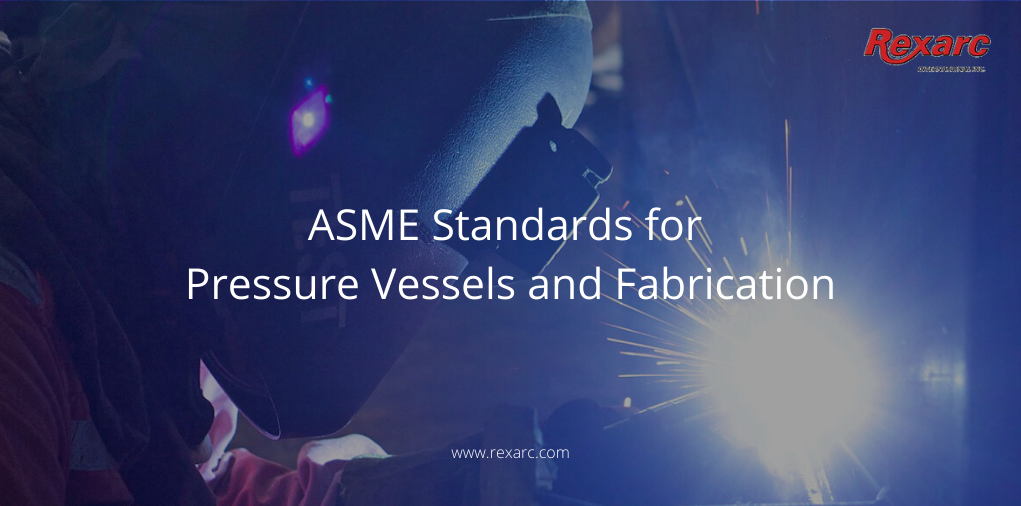Rexarc is currently open from 7:30 AM – 4:00 PM EST, Monday – Friday. Read More
Rexarc is currently open from 7:30 AM – 4:00 PM EST, Monday – Friday. Read More

Pressure vessels are used in various industries such as chemical, military and defense, petrochemical, as well as energy, oil, and gas for storage of toxic and non-toxic gases, chemicals, and liquids, among others. The safety of these vessels is the main concern among users using them. To meet this, extreme care is taken during the design, engineering, and fabrication phases, which are governed by ASME codes. Now you may ask how these ASME pressure vessel manufacturing codes govern different phases of manufacturing and ensure the safety of vessels. Read the post to find the answers.
A Discussion on Various ASME Codes and Their Impact on Pressure Vessel and Boiler Manufacturing
The ASME Section VIII is divided into three sections, with each describing the typical requirements of pressure vessel manufacturing. Pressure vessel manufacturers must refer to these divisions during the manufacturing phases.
Gaining an understanding on these divisions and implementing them during designing manufacturing, and engineering phases is mandatory for pressure vessel manufacturing companies operating in the US and Canada. It doesn’t matter whether you use the pressure vessel to store non-toxic liquid or gas; however, it is important to source them from an ASME-certified manufacturer or fabricator. Rexarc is one of the leading pressure vessel fabricators in the US. The company possesses certifications such as ASME Section VIII and AS1210. All pressure vessel fabrication procedures are performed at its well-equipped facility at West Alexandria, Ohio.

We are a one stop shop from custom vessel production to full skidding, plumbing and instrumentation.

We stand by our processes and communicate with you on your project status as much or as little as you would like.

We continually reinvest in our people, business, and equipment technology to ship quality products on time.
